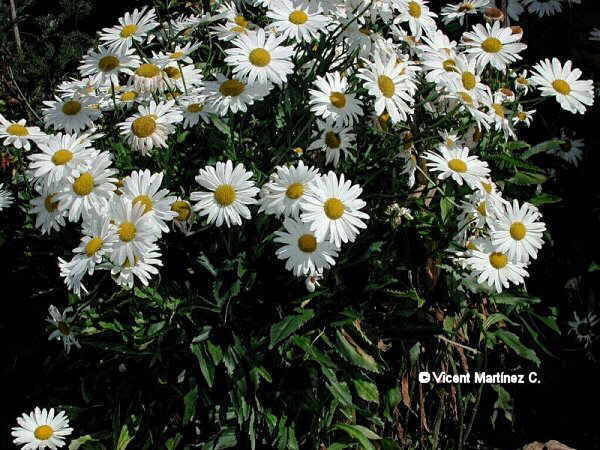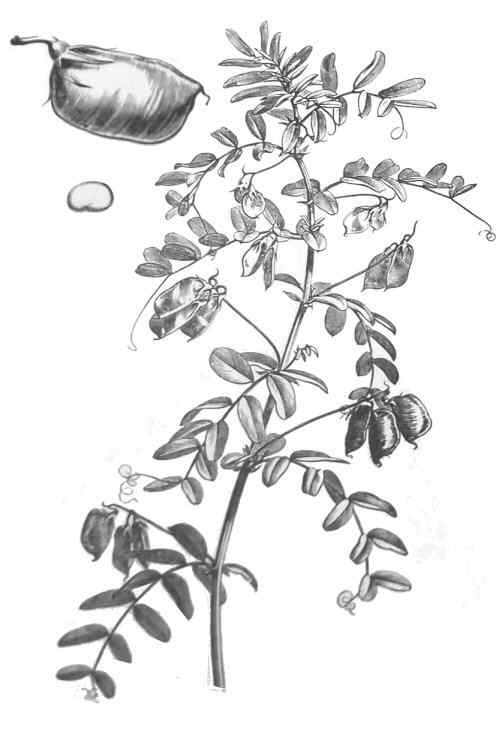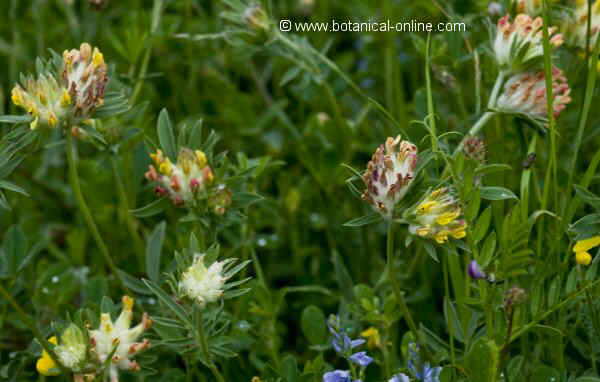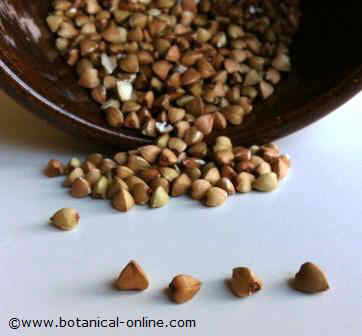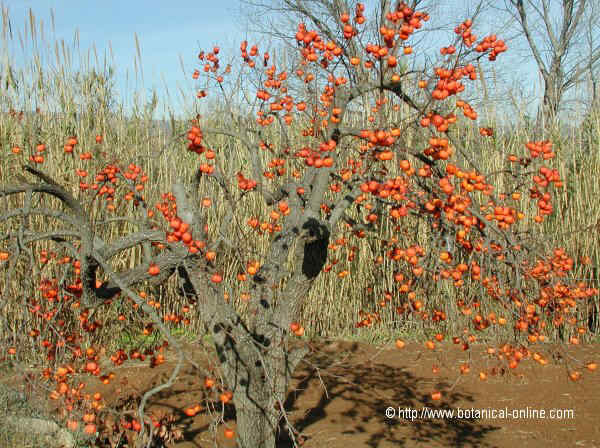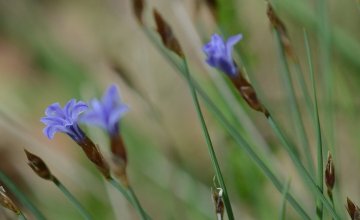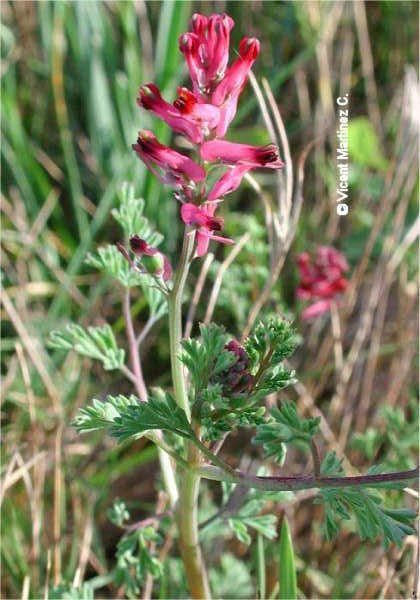Contents
Types of lecithin in foods
What are good and bad lecithins?
The term lecithin can be used to designate two types of substances that are totally different in terms of beneficial properties and uses:
- Soy lecithin: We have soy lecithin on the one hand, which is a type of fat that is extracted from soybean oil (soybean lecithin), egg yolk (egg lecithin) or sunflower oil (sunflower lecithin). .
- Poisonous principles: On the other hand, the term lecithin can also be used to refer to components that are found in certain poisonous plants (phytotoxic) or certain foods that contain them and have an anti-nutrient effect.
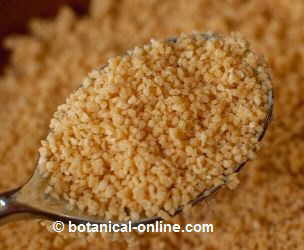
Photo of granulated soy lecithin
Good or beneficial lecithins to health
Lecithin that is used as a supplement, usually soy lecithin, is a fatty substance, and is rich in phospholipids, choline and inositol. These components are in high concentration in the nervous system (brain and nerves) and are part of the good cholesterol or HDL.
For this reason lecithin is given properties to improve memory, Alzheimer’s and hyperactivity, as well as to lower cholesterol levels.
Technically, in this case the term lecithin is synonymous with phospholipid.
What lecithins are bad?
When referring to the term lecithin in a negative or harmful way, it is usually due to the fact that in that case a type of components found in vegetables is described and that it is toxic in high doses.
These plant components, also called phytohemagglutinins, are free or bound to the carbohydrates of the seeds, forming glycoproteins. Therefore, in this case the lecithins are not a type of fats, something that differentiates them from the previous definition.
What harmful effects can lecithins have?
Plant lecithins (phytohemagglutinins) have the ability to bind to intestinal cells and produce severe digestive discomfort, such as abdominal pain, nausea and vomiting. These symptoms disappear in a few hours.
This can only happen with certain legumes that, when they are raw, have a large amount of phytohemagglutinins, such as dried beans (beans) and dried broad beans. Among the types of beans, the ones that have the highest amount of phytohematoglutins are red beans. If cooked correctly, most of the anti-nutritive components of the legumes can be eliminated.
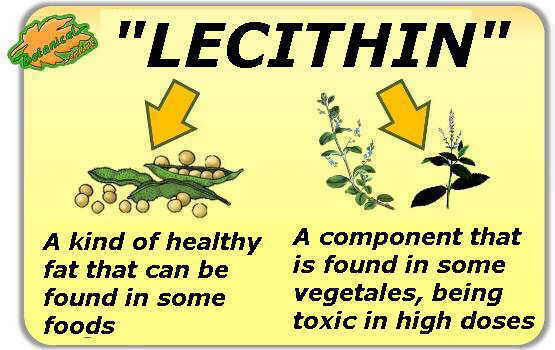 Possible meanings of the term “lecithin”: It can refer to a type of beneficial fat, or certain components of vegetables that is toxic in high doses.
Possible meanings of the term “lecithin”: It can refer to a type of beneficial fat, or certain components of vegetables that is toxic in high doses.
Can lecithins be poisonous?
Many poisonous plants have lecithins, and in that case possible intoxication depends on their nature or the amount of lecithin they contain. Examples of toxic lecithins are ricin, from castor oil.
![]() More information on lecithin.
More information on lecithin.

